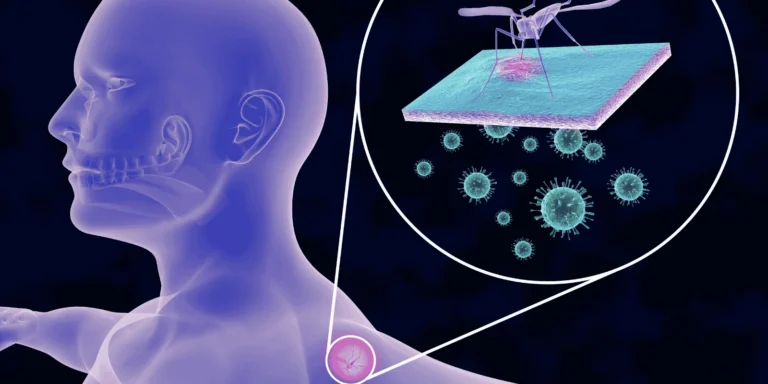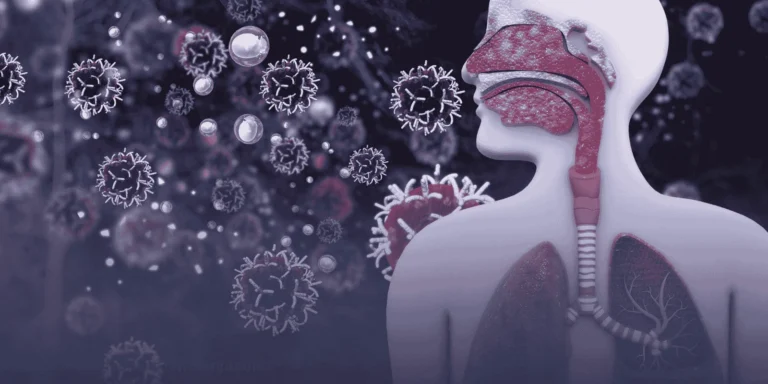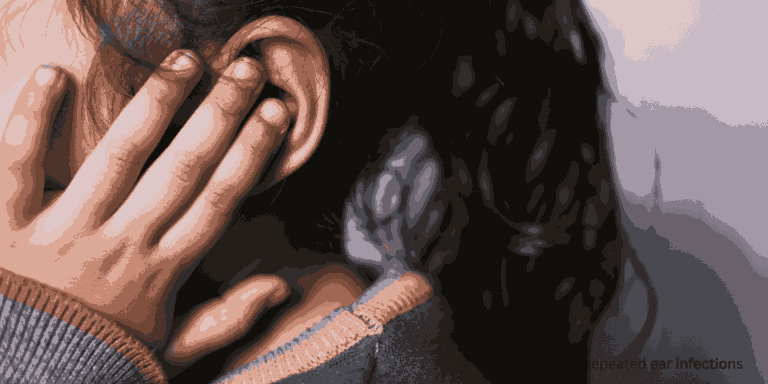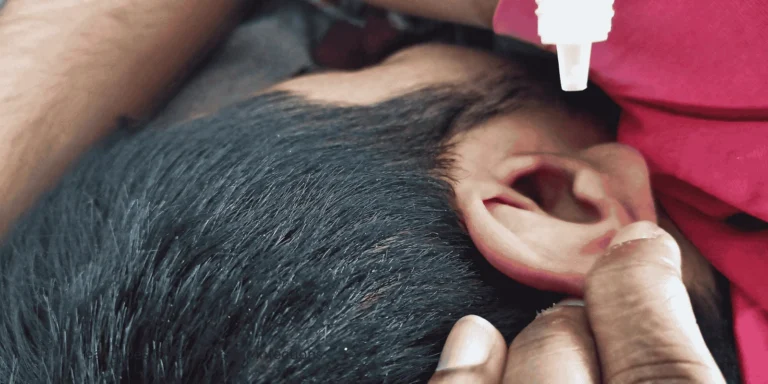The flu primarily spreads through respiratory droplets, but there are multiple transmission routes you should know about to protect yourself effectively.
Airborne transmission is the main culprit. When someone with influenza coughs, sneezes, or even talks, they release tiny virus-laden droplets that can travel up to six feet through the air. Anyone in this radius can inhale these particles directly into their respiratory tract. This explains why flu can spread rapidly in crowded indoor spaces like schools, offices, and public transportation.
Direct contact also plays a significant role. Shaking hands with someone who has the flu and then touching your eyes, nose, or mouth creates a direct pathway for viral transmission. I’ve seen countless patients who likely caught the flu this way.
Surface (or fomite) transmission occurs when the virus lands on surfaces like doorknobs, light switches, or phones. Influenza viruses can survive on hard surfaces for 24-48 hours, on cloth and tissues for 8-12 hours, and on hands for about 5 minutes. Touch a contaminated surface, then your face, and you’ve potentially infected yourself.
The flu’s incubation period – the time between exposure and symptoms – ranges from 1-4 days, but most adults can transmit the virus a day before symptoms appear and up to 5-7 days after becoming sick. Children may spread the virus for even longer periods.
To reduce transmission risk:
- Stay home when sick
- Cover coughs and sneezes with tissues or your elbow
- Wash hands frequently with soap and water for at least 20 seconds
- Use hand sanitizer with at least 60% alcohol when soap isn’t available
- Disinfect frequently touched surfaces regularly
- Keep your distance from sick individuals
- Consider wearing a mask in high-risk situations
If you’re experiencing flu symptoms, ChatRx can help determine if antiviral medications might be appropriate for your situation.













